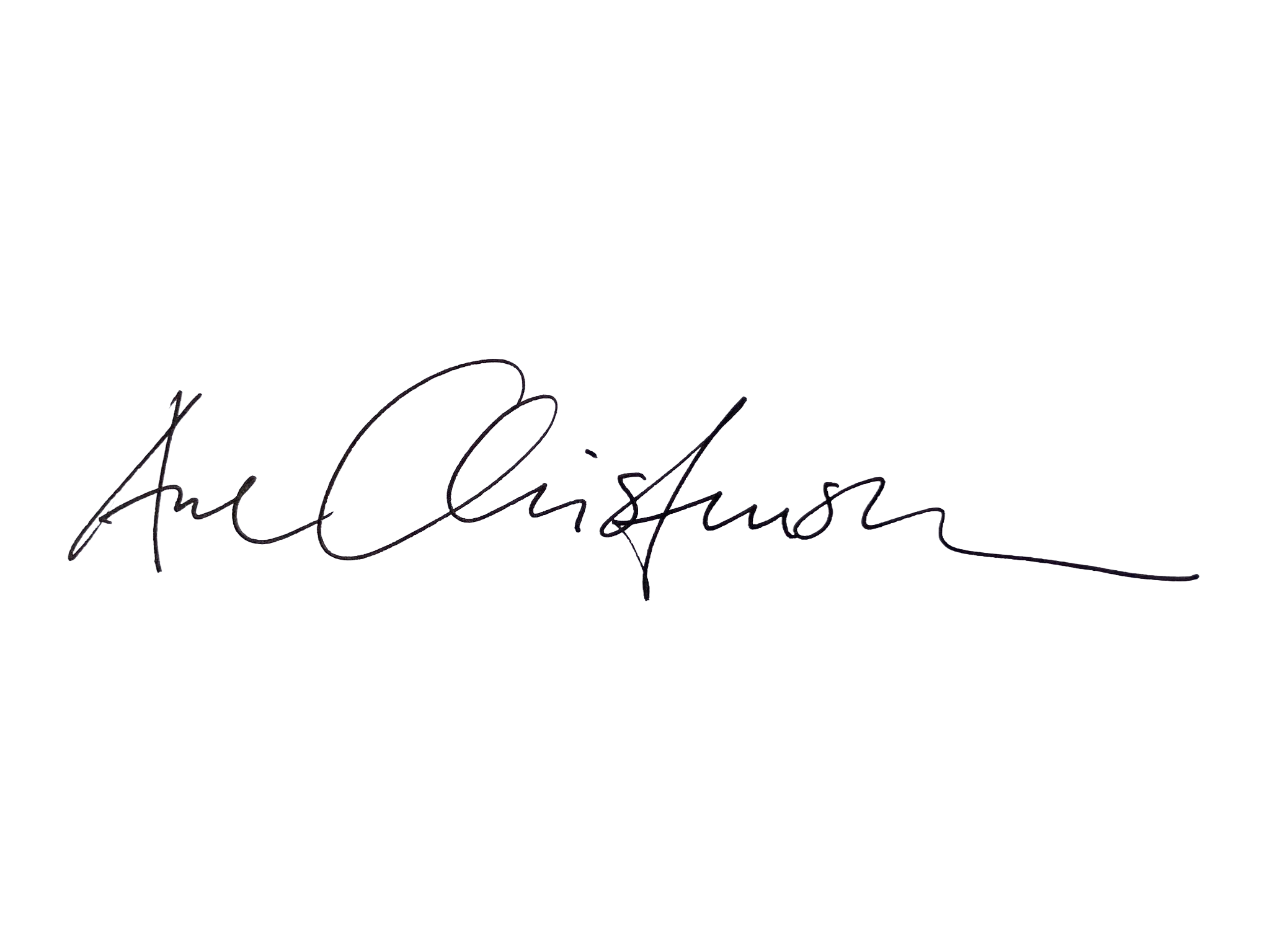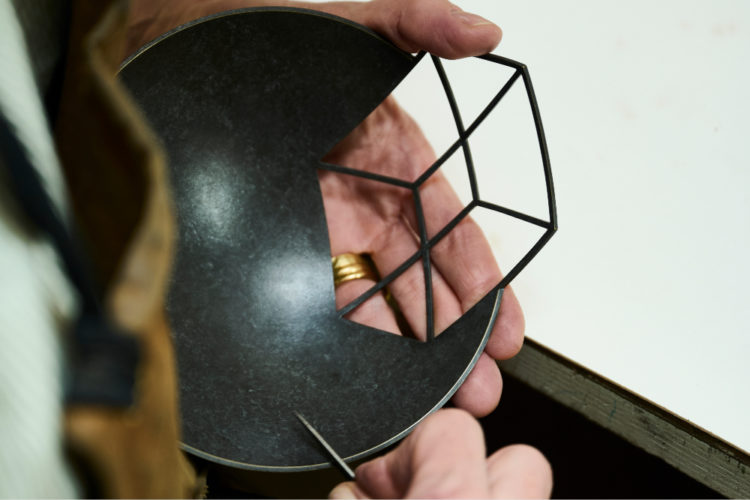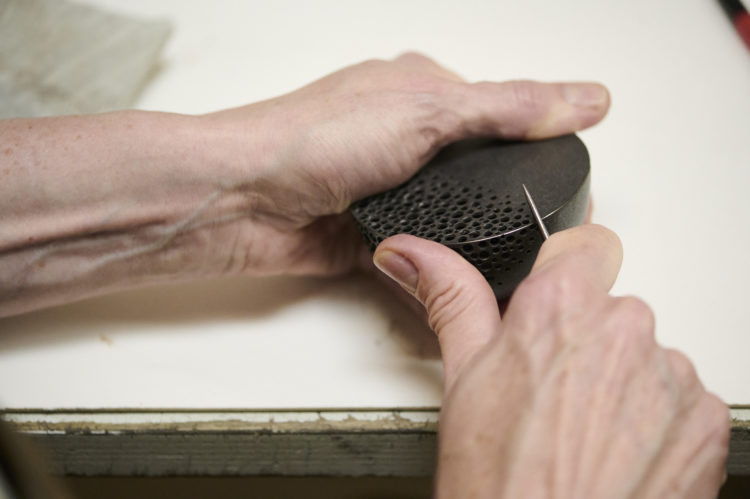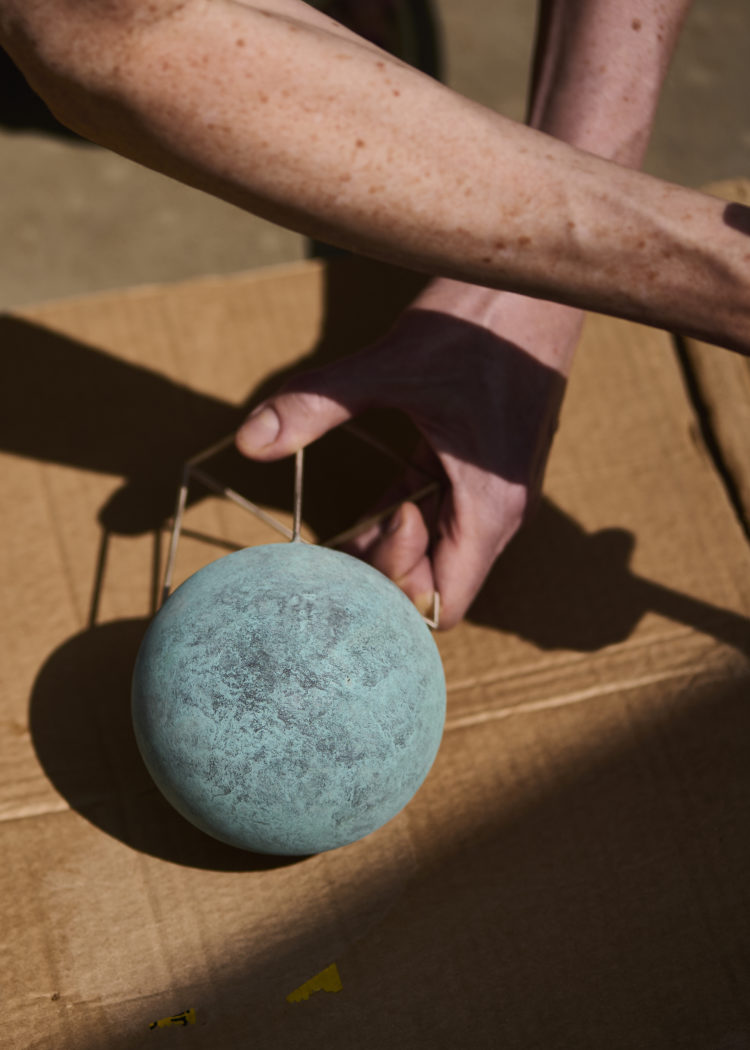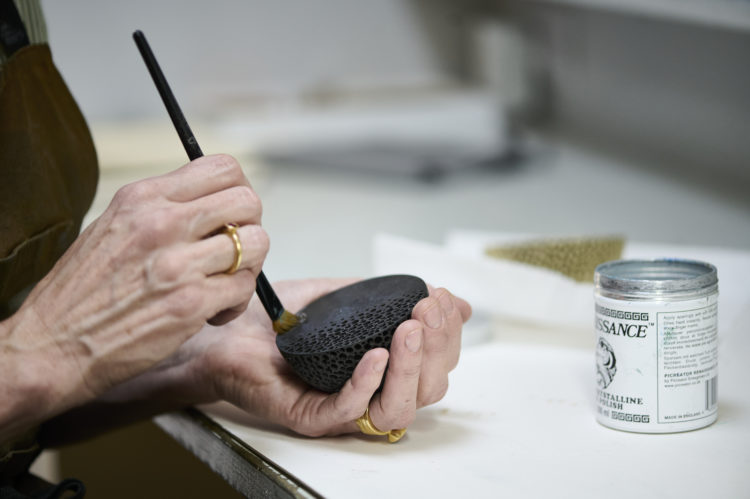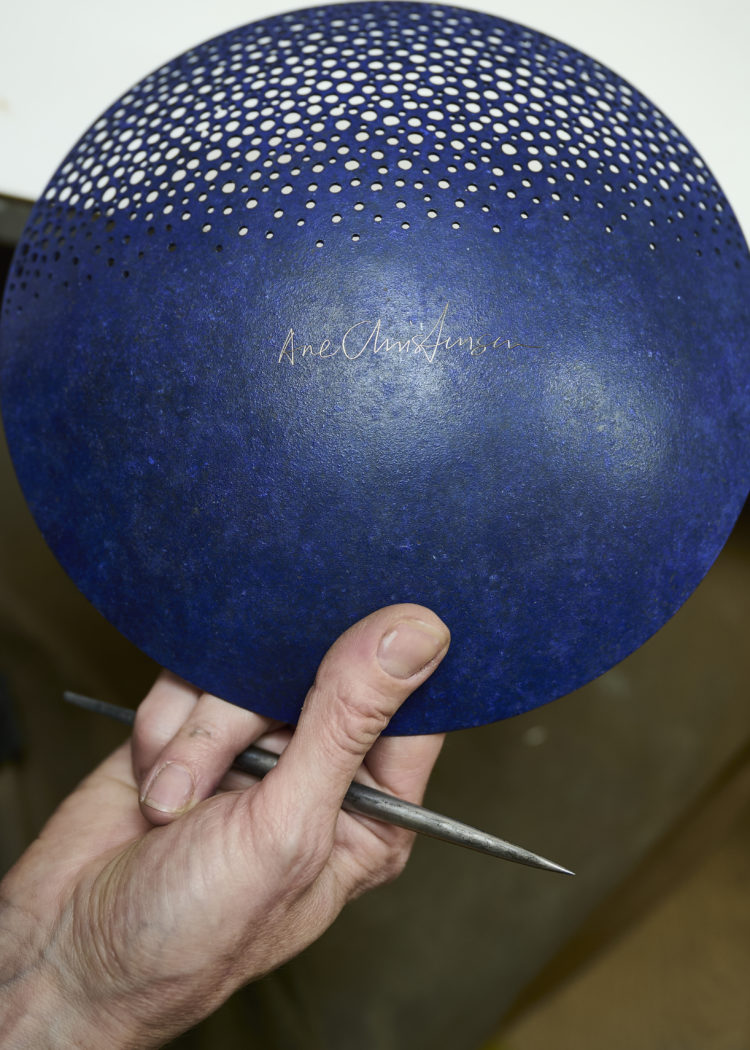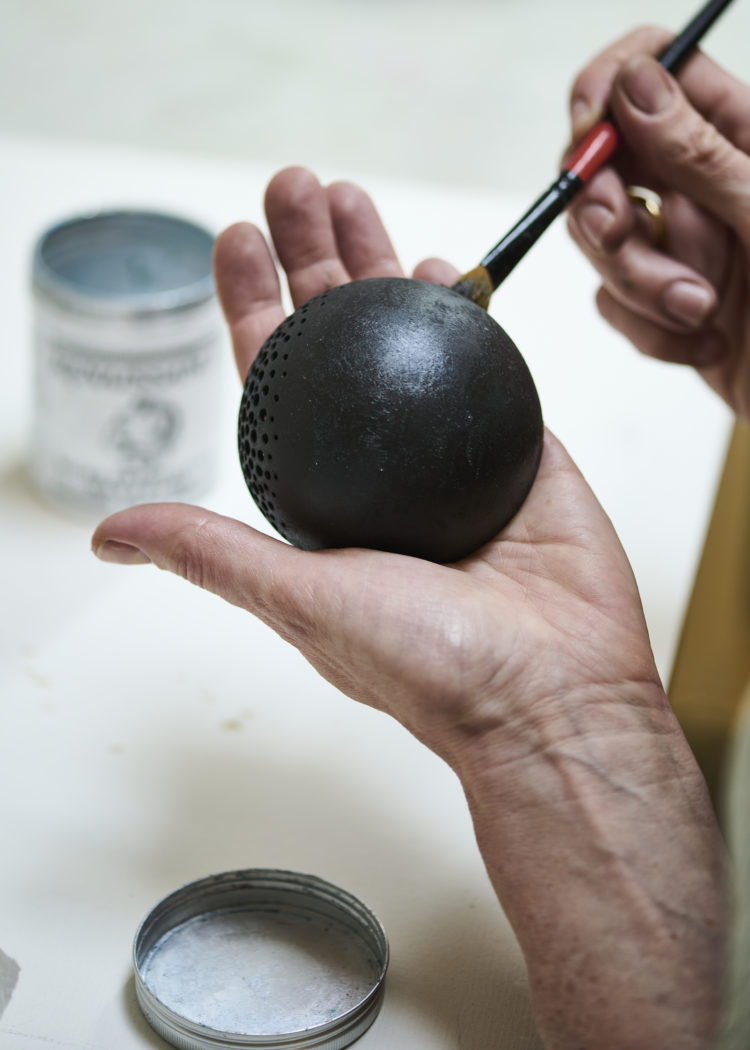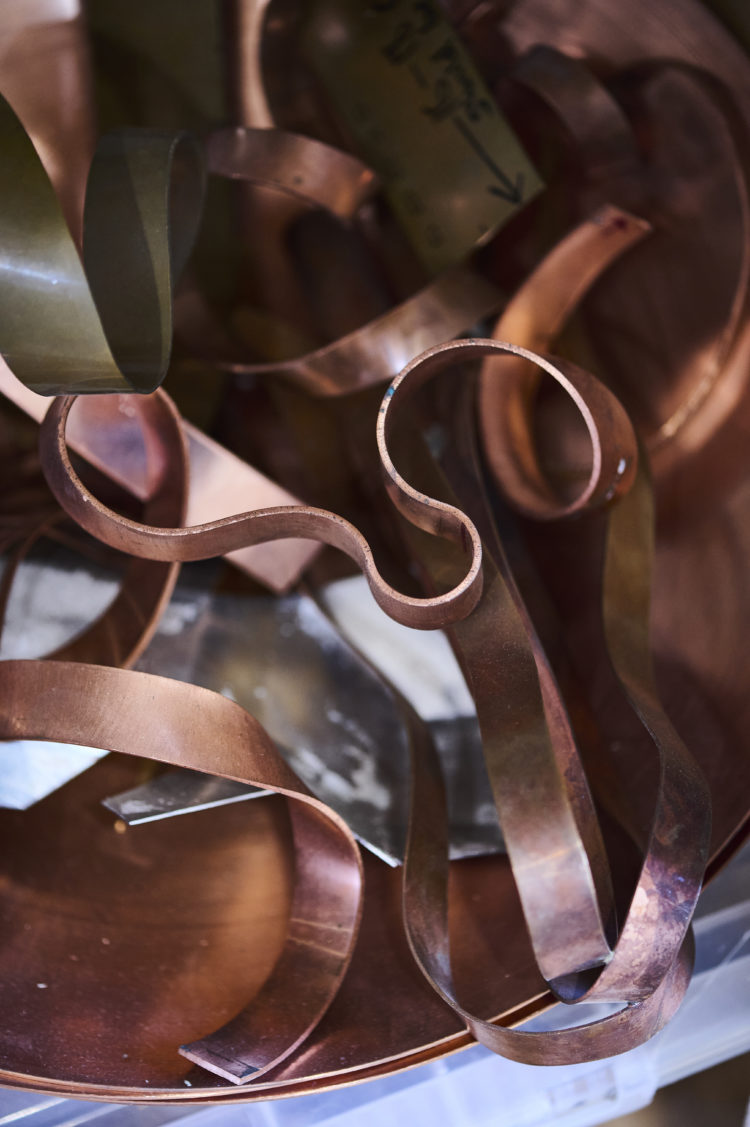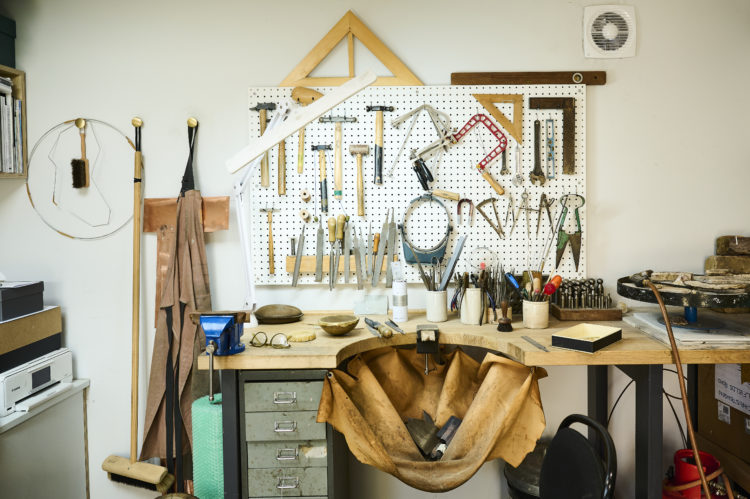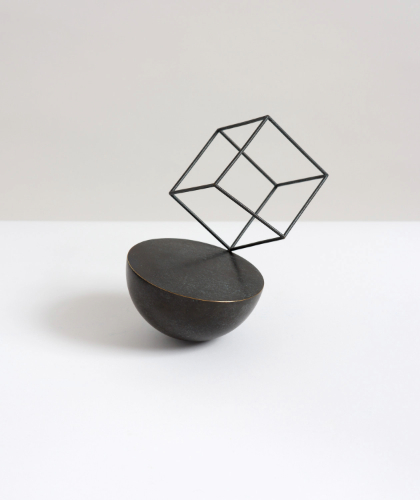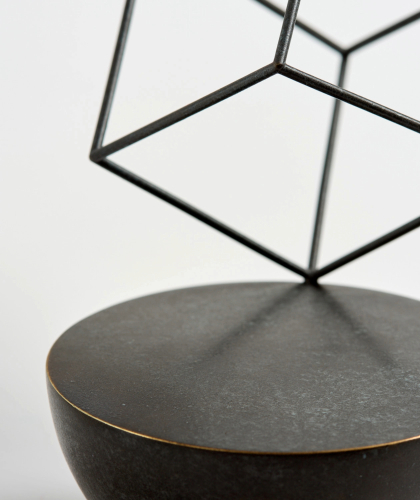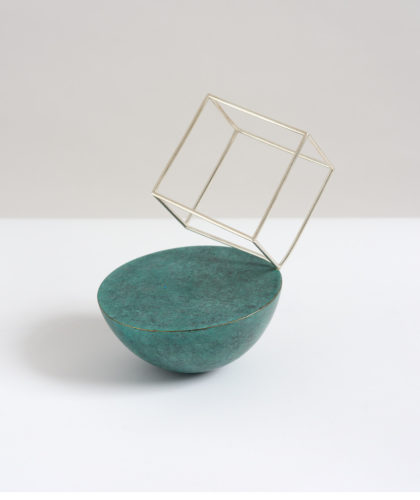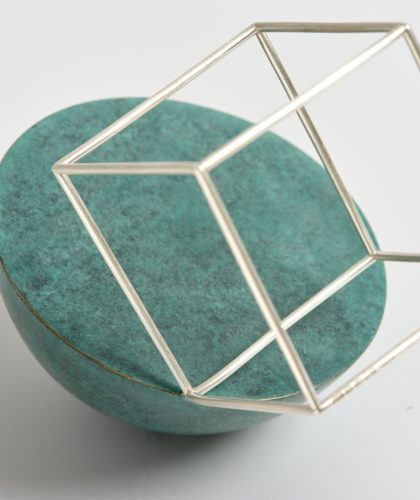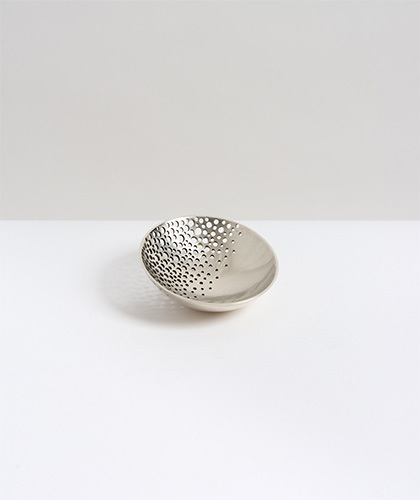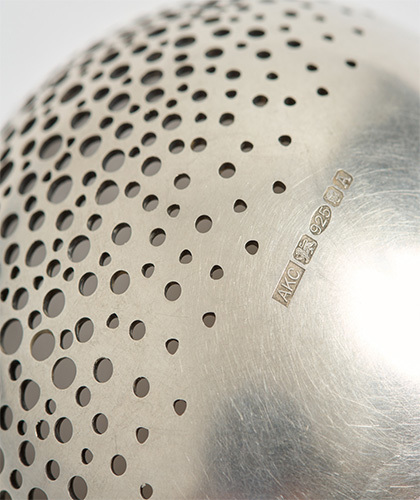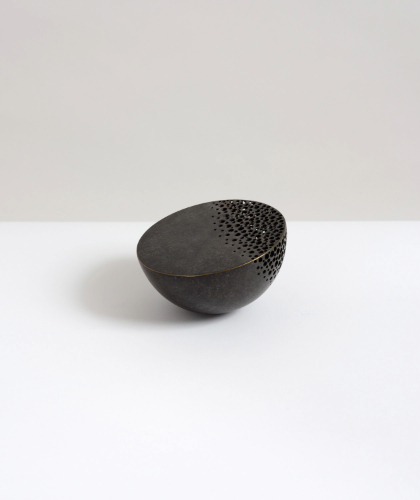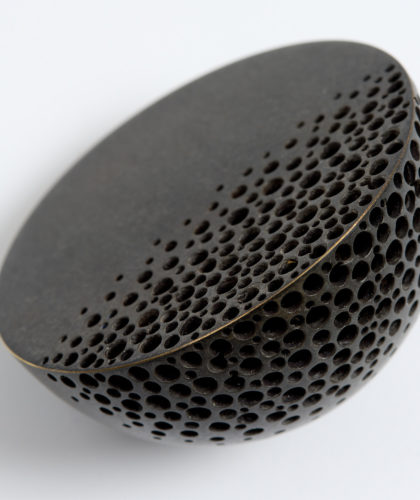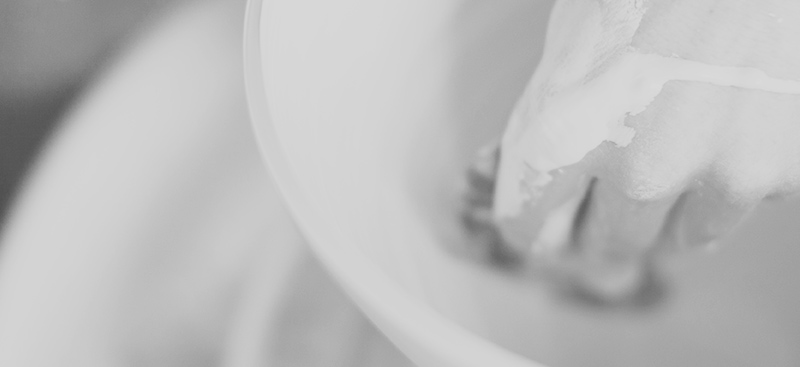Ane Christensen
Metal Artist
"I am often asked 'When did you know that you wanted to be a maker?'" says metal artist Ane Christensen. I strongly believe that "If you are a maker, you are born a maker - it's an incredible drive from early childhood. I have always made things, but a couple of chance encounters as a teenager meant I discovered the material which continues to shape my life and career” explains the London based artist.
Growing up in Denmark, Ane moved to London in her early twenties to study jewellery design. She graduated with an MA in Metalwork & Jewellery from The Royal College of Art and set up her practice in 1999. She describes herself as an artist maker and enjoys being "singular' in her work. She enjoys the solitude and how she, as a maker, is in control of every part of the process. "My work evolves through the making".



"As I first trained in jewellery, my technical approach in making is like that of a jeweller. Though my work has the scale of silversmithing, I never use hand raising or planishing in my work like a traditional silversmith does”. The elements of the crumbling bowls appearing to be eroded or weathered away are achieved through multiple drilling using a pillar drill, starting with larger holes and gradually decreasing in size. The key according to Christensen is knowing when to stop. "It's quite a meditative process, but every hole is a decision."
She also loves the challenge of scale. "Something happens when you change the scale. It's the idea of something being distorted or stretched. Moving between larger works like wall pieces and more intimate pieces that fits in the hand is good for the brain".


The maker comes from the Scandinavian school of thought where form follows function. "I am not a natural provocateur and it took me a while to evolve a more abstract language and give my practice a more sculptural focus” Having moved away from functionality in her practice, her heritage is still her richest source of inspiration. “Due to its climate and seasons, there is a deeply rooted anticipation and celebration of light in the Scandinavian culture, which is also my greatest source of inspiration. Metal can be a dense, heavy and often dark material and my challenge is always how to break the surface and get the light in. All my work explores the presence and absence of light and the shadows cast.”


"All my work explores the presence and absence of light and the shadows cast.”Ane Christensen
